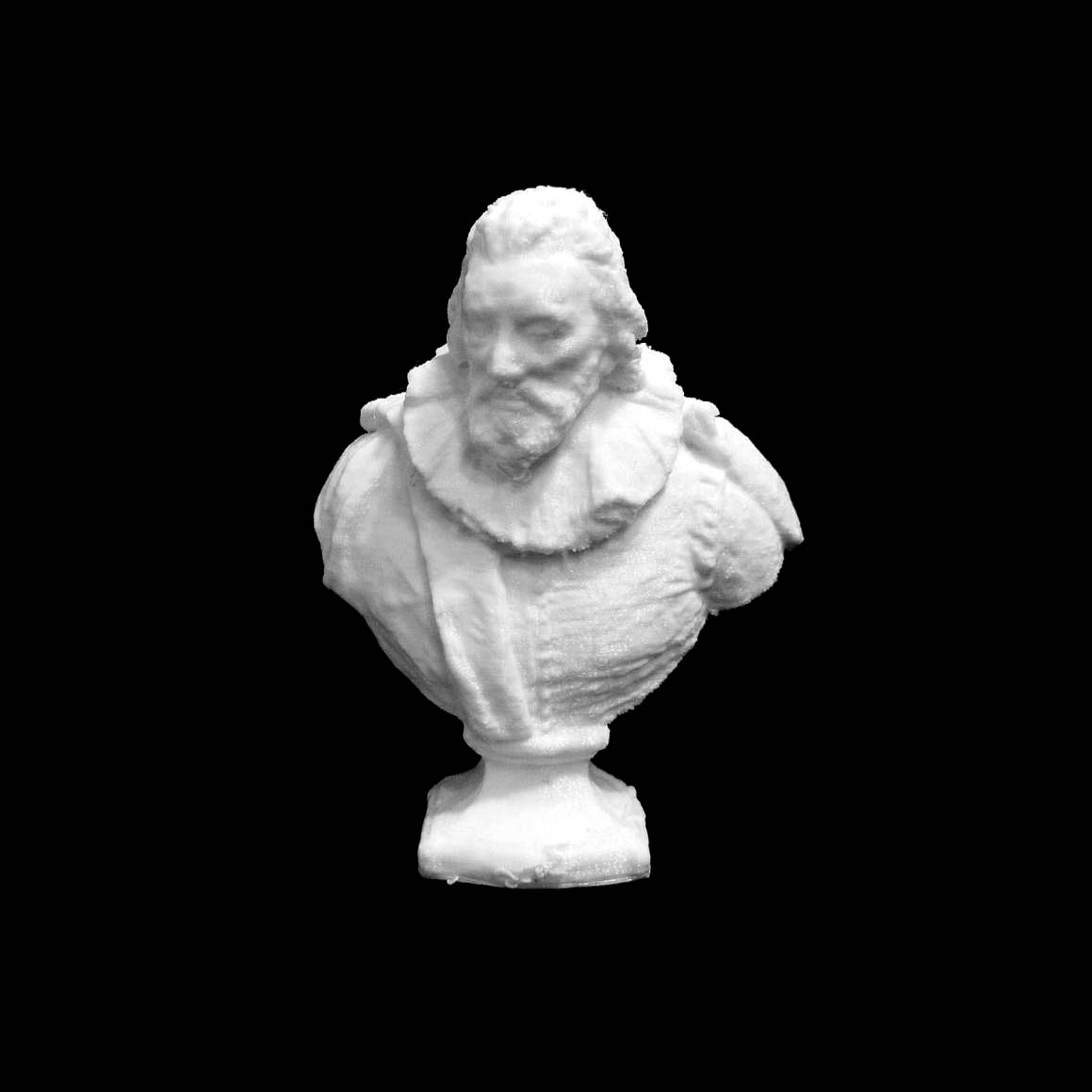
Sir Robert Bruce Cotton at The British Museum, London
myminifactory
Sir Robert Bruce Cotton, 1st Baronet, a renowned English antiquarian and parliamentarian, was born on January 22, 1570/1. He came from a family of Huntingdonshire and received his education at Westminster School and Jesus College, Cambridge, where he graduated with a Bachelor's degree in 1585. As Cotton amassed an impressive library, its contents rivaled and eventually surpassed the royal manuscript collections. Cotton entered the English Parliament as MP for Newtown, Isle of Wight, in 1601 and as knight of the shire for Huntingdonshire in 1604. He played a crucial role in establishing the title baronet as a means for King James I to raise funds. Like a peerage, a baronetcy could be inherited, but unlike a knighthood, it did not grant the holder a seat in the House of Lords. Despite his early rapport with King James, Cotton's approach to public life was shaped by his immersion in ancient documents and his conviction that the king had a sacred obligation to trust in parliaments. Cotton expressed this notion in his monograph "The Dangers wherein the Kingdom now standeth, and the Remedye" in 1628. From the Court party's perspective, this publication was deemed anti-royalist, and King James' ministers began to fear the use of Cotton's library to support parliamentarian arguments. The library was confiscated in 1630 but returned to his heirs after his death. This object is part of "Scan The World," a non-profit initiative launched by MyMiniFactory. Scan The World aims to create a digital archive of fully 3D printable sculptures, artworks, and landmarks from around the globe for public access. The project relies on community involvement; if you have interesting items to contribute, email stw@myminifactory.com to find out how you can help. Scanned using Photogrammetry, processed with Agisoft PhotoScan.
With this file you will be able to print Sir Robert Bruce Cotton at The British Museum, London with your 3D printer. Click on the button and save the file on your computer to work, edit or customize your design. You can also find more 3D designs for printers on Sir Robert Bruce Cotton at The British Museum, London.
